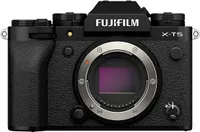I’ve been shooting Fuji for 10 years, including the X-E4 — here's why I won't be buying the Fujifilm X-E5
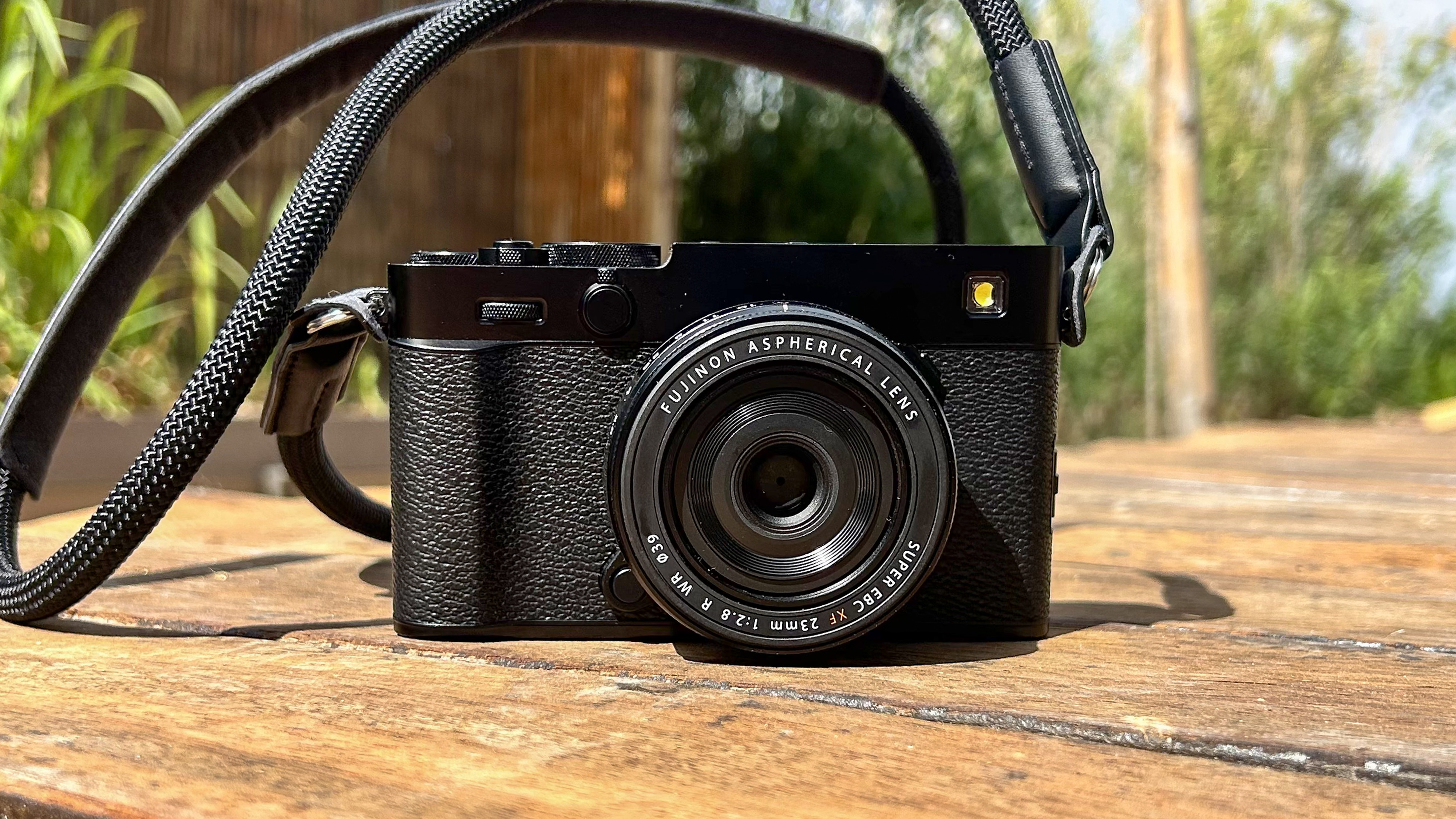
I got my first Fujifilm in 2015, a Finepix something-or-other bridge camera. It kinda sucked in retrospect, but it was my first “real” camera and sparked my interest in the Japanese brand. Since then, I’ve had a short rollick in the bushes with Canon, before embarking upon an outright steamy love affair with Sony.
Then, a few years back, disillusioned with how photography was making me feel, I chucked in my ‘do-everything’ Sony A7 III and downsized to the Fujifilm X-E4. And oh boy, was it the best camera I could’ve bought.
While the A7 III left me uninspired, the X-E4 made photography enjoyable again; it rekindled a love for the hobby that no camera has since lived up to.
Unfortunately, mine was an ex-demo and developed a sensor issue, so I swapped to an X-Pro 3, leaving the X-E4 as the one that got away. Since then, I’ve owned an X-T4 and now an X-T5. I’ve also tested virtually every recent Fuji launch, including the Fujifilm X100VI, X-H2/S, X-S20, and even the medium format Fujifilm GFX100S II and Fujifilm GFX100 II.
Same price, more camera. If, like me, you feel the X-E5 is a little overpriced, consider the Fujifilm X-T5, current holder of the "best APS-C" award on our roundup of the best mirrorless cameras. I own the X-T5 and trust me, it's a beaut!
None of them, not even the X-Pro 3, has the spirit of the X-E4. While I love my X-T5, I still long for how the X-E line made me feel. Which is why I was so excited about the launch of the X-E5 — Could this be an opportunity to return to the glory days?
Unfortunately, I think not. While I appreciate Fuji developing the X-E line, I’m not sure this fifth iteration is for me. To me, something about the magic of those cameras now feels lost. Here’s why.
The kitchen sink
Simply put, I feel Fuji has thrown too much at this camera. Part of the joy of the X-E4 was how much of a stripped back experience it proved to be.
Get instant access to breaking news, the hottest reviews, great deals and helpful tips.
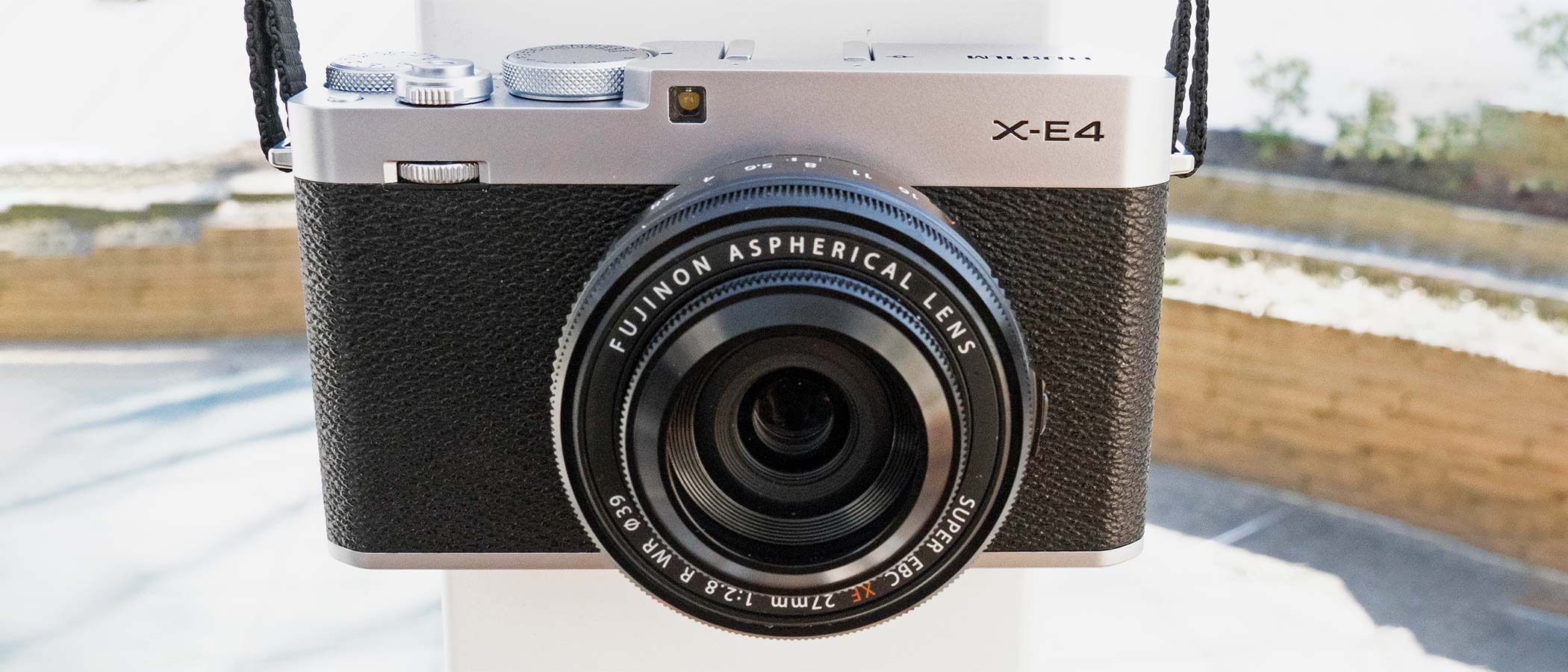
Short on physical controls, the X-E4 was a challenging camera to use at times, or at least it was when accustomed to professional cameras and the safety net of multiple Fn buttons.
That made the X-E4 fun; it was an escape. It didn’t have IBIS, or even a grip — that made it lightweight and plucky. It was arguably under-specced, but with purpose. It was a minimalist, simple street camera.
I’m not sure the same can be said for the X-E5. I’ll be reviewing the camera myself very soon, so I’ll save my proper verdict until then, but from everything I’ve seen so far, it looks like Fuji has thrown way too much at the camera, spoiling that Spartan ethos.
Is that really necessary?
X-Es are lightweight street cameras that are easy to hold and keep steady. This may be an unpopular opinion, but I don’t feel they need IBIS, a needless sacrifice to size and weight.

Don’t get me wrong, I know the value of and appreciate IBIS. I rely on it constantly in product photography either in the studio or on location, where I often need to drop my shutter. How often do I rely on it when shooting street, though? Virtually never. When am I gonna be shooting a moving, bustling street at ⅕ sec?
Of course, as with almost every camera these days, the X-E5 is designed to be vlogger friendly. Hence the IBIS and the flip up screen (in fairness, also a feature on the X-E4).
But wait a minute — isn’t the Fujifilm X-M5 a vlogging camera? And the Fujifilm X-S20? Why does a third of the Fuji lineup need to be vlogging oriented?

I know, it's all a bit 'old man shakes fist at clouds', but if the X-E5 is all about street photography and the experience and purity of shooting, as Fuji makes out, what does vlogging have to do with anything?
‘Vlogging’ seems to be the most overstated use case plaguing mirrorless cameras these days — how many people do you know who actually vlog?
Then there’s the film sim dial — essentially Fuji’s ‘look busy’ trademark these days. Slap a film sim dial on it and make out it’s revolutionary. Yawn.
The 40MP treatment
Surprise, surprise, Fujifilm has fitted the X-E5 with the 40.2MP X-Trans CMOS 5 HR APS-C sensor found in the Fujifilm X-H2 and Fujifilm X-T5. Oh, and the Fujifilm X-T50. And the Fujifilm X100VI.
Does everything need a 40.2MP sensor? It’s becoming a little cookie-cutter — why not just buy an X-T5? It’ll cost you more or less the same.
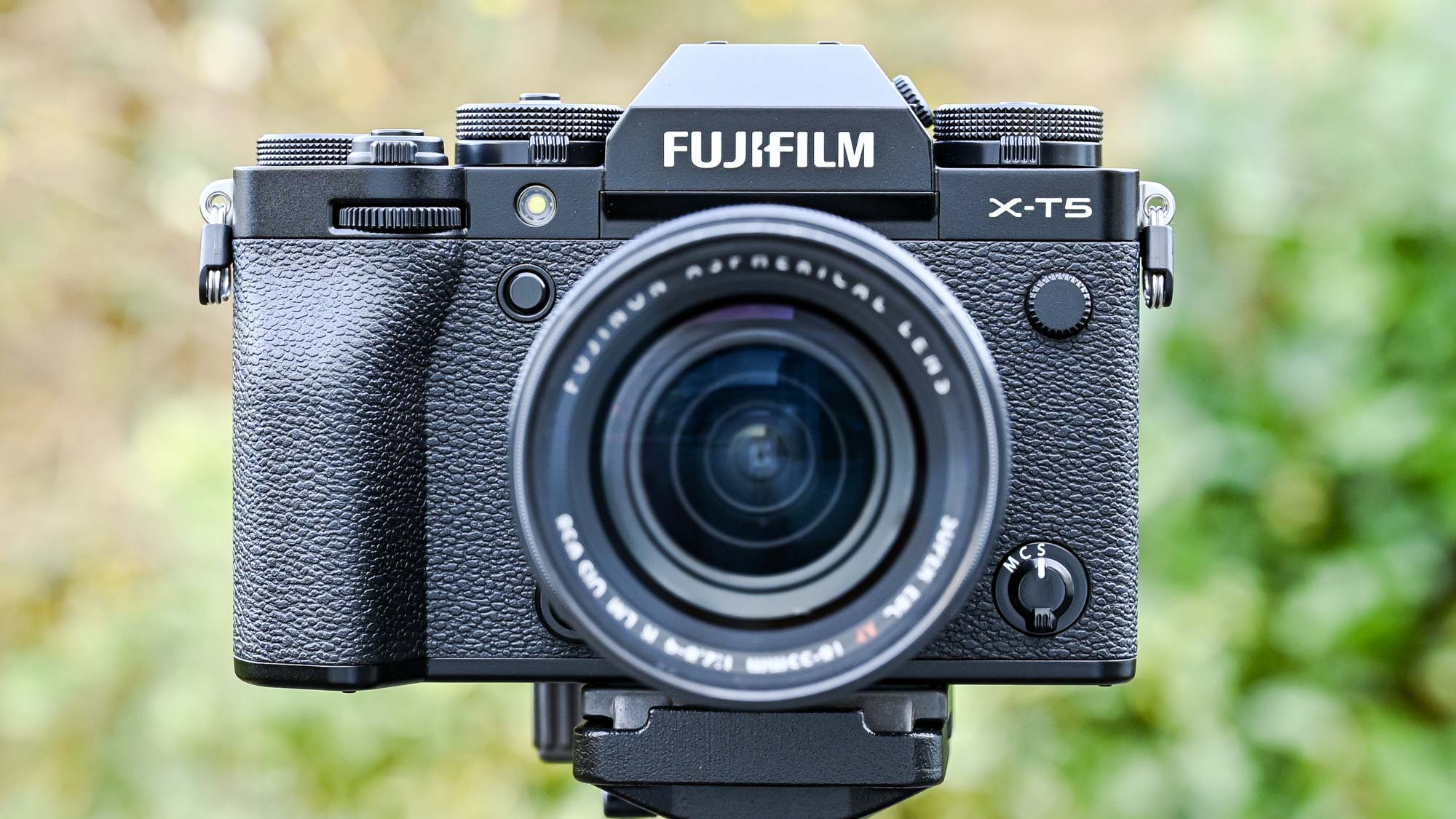
Now I know Fuji always reuses its sensors — everything had 26MP for a good while — but it now has two main X-Trans CMOS 5 variants: the 40.2MP HR and 26MP HS.
The company recently equipped the X-S20 with the older X-Trans 4 26MP sensor, and fitted the Fujifilm X-H2S with the 26MP HS variant of the X-Trans 5 — so why not the X-E5? It would give fans a little variation, rather than just essentially picking from five versions of the same camera, all merely wearing different jackets.
Besides, I’d argue that 40.2MP is simply not necessary in a street camera like this, or the X100VI. Again, don’t get me wrong, I own the X-T5 and I appreciate the high resolution sensor when shooting product photography for work. But the X-E line is not the X-T line.
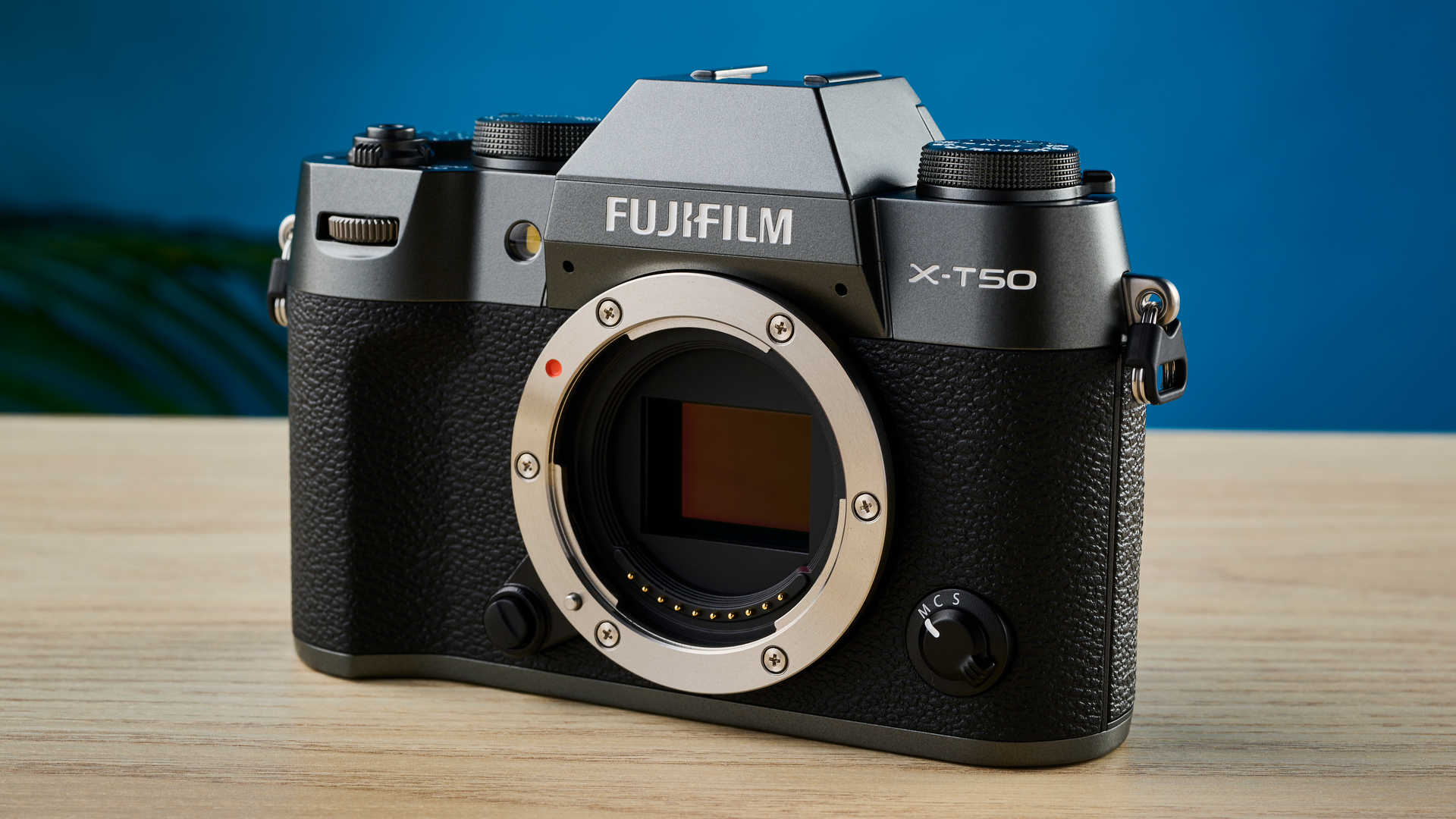
I feel you lose some of the X-E line’s spirit by stepping up to 40.2MP. The X-E4 was just fine with 26MP, which suited the more casual, fun, non-pixel-peeping mentality of the camera, not to mention the nostalgic look of the images.
What’s more, having the extra resolution (and therefore the ability to crop more aggressively) simply encourages users to shoot first and crop later, instead of taking the extra time to consider and frame your photos properly to begin with. It’s just another element that chips away at the spirit of the X-E range.
Alright then, what would you have liked to see?
Apart from all the aforementioned, I would’ve liked to see Fuji fit the upgraded NP-W235 battery from the X-T5, rather than keeping X-E4’s weakling NP-W126S. Fuji put a protruding grip on X-E5 anyway, so I wish it'd found space to house the larger battery inside.
This would give users longer on the street without having to carry and change batteries — a genuinely useful upgrade for the target demographic.
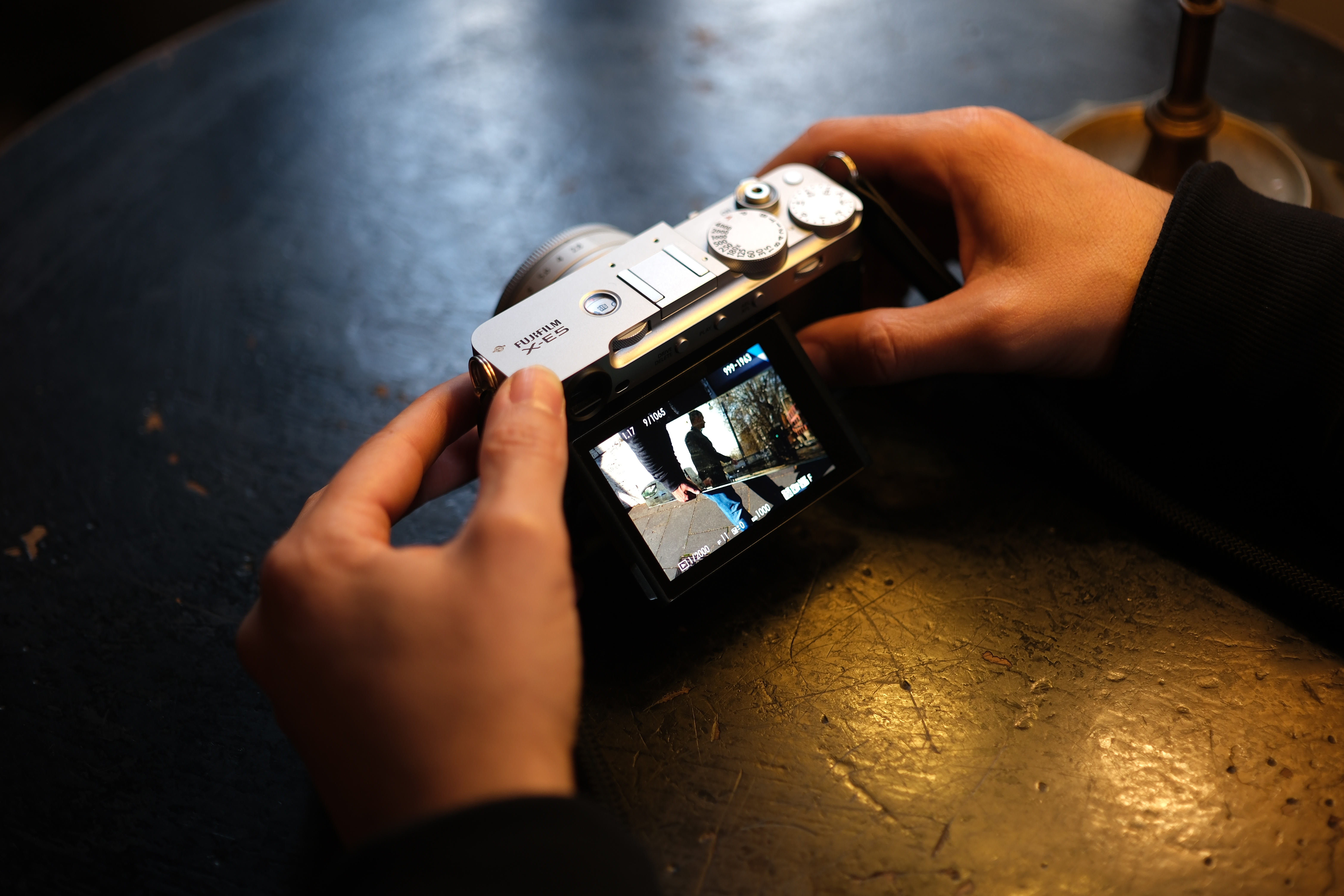
Most importantly, I’d have liked to see much, much better displays. Given this camera is priced similarly to the X-T5, I expected similar specification displays, namely the X-T5’s tilting 1.84M-dot rear display and 3.69M-dot EVF.
The X-E5 makes do with a 2.36M-dot EVF, and a puny 1.04M-dot rear LCD, which is lower resolution even than the X-E4, so we’re going backwards. In a $1,699 camera, this is frankly inexcusable.
It'll sell anyway, regardless of price — and Fuji knows that. It can charge whatever it wants.
And that brings me onto price. On what planet should an X-E camera cost $1,699? Body only! That's literally a two-fold increase in price over the $849 X-E4 and the same price as the X-T5.
Ask Fuji, and you'll probably hear some measly excuse about tariffs. Ask me, and I'll be a little more cynical. If there's anywhere near as much hype around this camera as the X100VI, it'll sell anyway, regardless of price — and Fuji knows that. It can charge whatever it wants.
Anything you are excited about, Scrooge?
There are a few saving graces. There was no way this camera wasn’t getting the X-Processor 5, but it's a great addition. There are new autofocus modes, which may be helpful in capturing that fleeting decisive moment on the street.
This processor also brings Fuji's latest noise processing, allowing you to shoot at higher ISO without destroying files, and decreased power consumption over the X-Processor 4.

The front grip is a solid addition, too. Fuji removed the X-E3’s front grip on the X-E4, and despite its small stature, this caused problems when shooting at odd angles, especially in portrait orientation. I and many other users fitted aftermarket grips to the X-E4, which will no longer be necessary.
Similarly, the rear of the camera sees the return of a thumb rest, which was't present on the X-E4 (again, the X-E3 had one). One of the first mods I made to the X-E4 was fitting a rear rest that slid into the hot shoe, giving extra grip when shooting in portrait. It's good to see a solution baked in here.
Controversial, maybe, given online discourse, but I’m a fan of the new OVF simulation viewfinder mode and pared-back display mode. Like many Fuji fans, I’m not at all convinced of the continuation of the X-Pro line, and I think these modes are Fuji’s way of merging the X-E and X-Pro ranges. Regardless, these features fit the X-E's experience-first ethos.

And admittedly, I am very excited about the new 23mm pancake lens. I liked the X-E4’s 27mm pancake in theory — it was super small and portable, complementing the nature of the camera. I just never really got on with its field of view, equating to around 40mm in full frame terms, which is a bit nothingy. Not quite standard, not telephoto, but not wide enough for properly expansive scenes, like architecture. I’m glad Fuji has decided on a camp this time and gone wide.
Getting sentimental
I’ll be reviewing the X-E5 very soon, and my verdict will primarily be on the basis of how it performs as a standalone camera, which I’m sure will be excellent. Make no mistake, I don’t think the X-E5 looks like a bad camera.
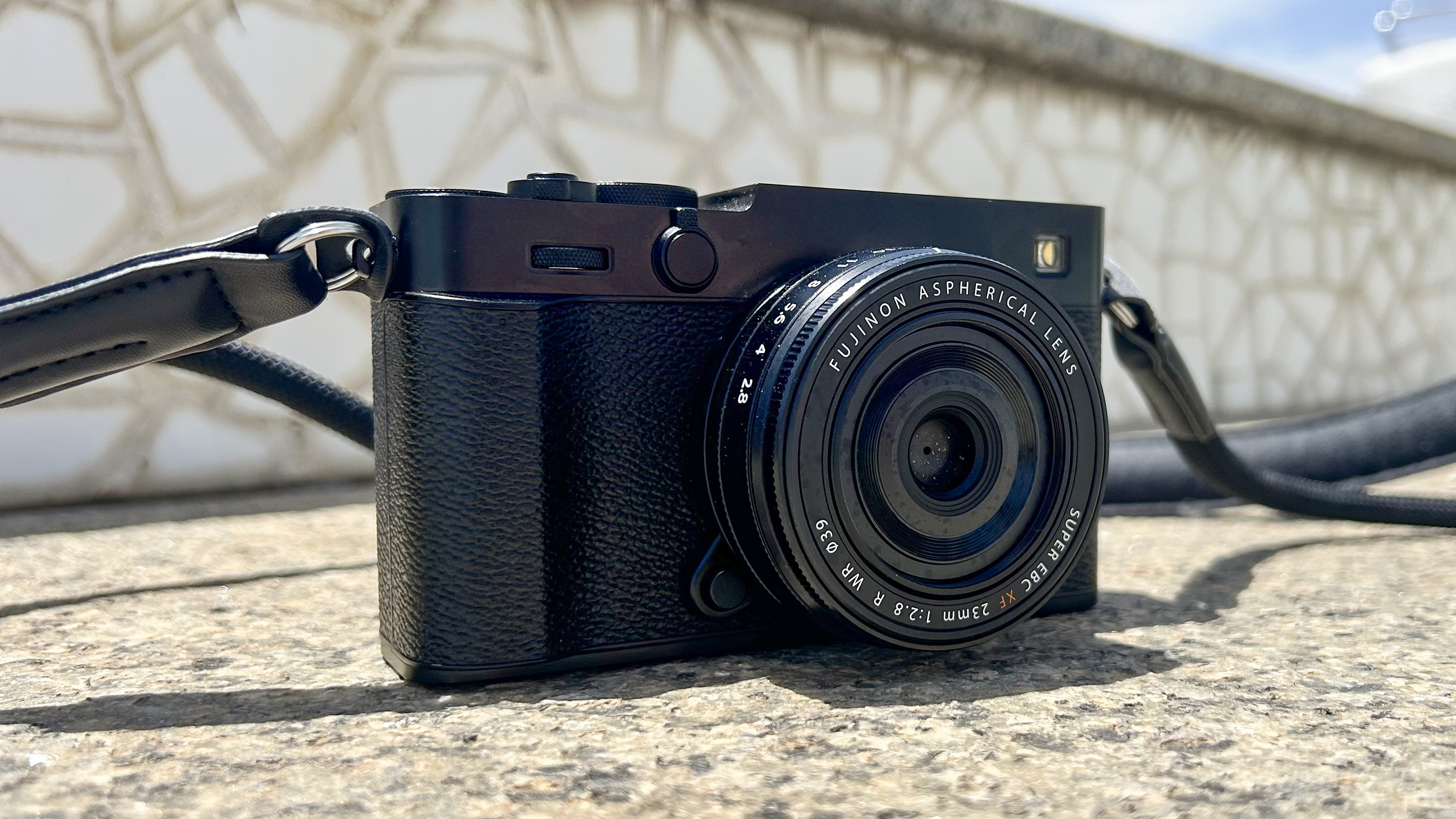
The point of this ramble is that the X-E line has sentimental significance for me, like many others, which at its core lay in how the camera made me feel. That, in turn, stemmed from how well the X-E cameras lived up to a specific ethos: minimalist, engaging, fun.
Same price, more camera. If, like me, you feel the X-E5 is a little overpriced, consider the Fujifilm X-T5, current holder of the "best APS-C" award on our roundup of the best mirrorless cameras. I own the X-T5 and trust me, it's a beaut!
With the X-E5, I feel Fuji has eroded that ethos. And the reason, I think, is a lack of conviction. Fujifilm has tried to please too many people with the X-E5, and in turn has made it simply a cookie-cutter rehash of cameras that already exist, only worse, and ludicrously expensive.
The X-E cameras are not vlogging cameras, so why try and sell the X-E5 to vloggers? The X-E cameras are street cameras, so why give in to a load of spec-swinging forum-dwellers complaining online about not having IBIS? Why fit it with the exact same running gear as four other cameras when we could’ve had variation, not to mention purity of purpose?
I just don’t get it, and I certainly won’t buy it at that price. What I might just do, though, is go and pick up a used X-E4 before they skyrocket in value (again).
More from Tom's Guide

Peter is a Senior Editor at Tom's Guide, heading up the site's Reviews team and Cameras section. As a writer, he covers topics including tech, photography, gaming, hardware, motoring and food & drink. Outside of work, he's an avid photographer, specialising in architectural and portrait photography. When he's not snapping away on his beloved Fujifilm camera, he can usually be found telling everyone about his greyhounds, riding his motorcycle, squeezing as many FPS as possible out of PC games, and perfecting his espresso shots.
You must confirm your public display name before commenting
Please logout and then login again, you will then be prompted to enter your display name.
